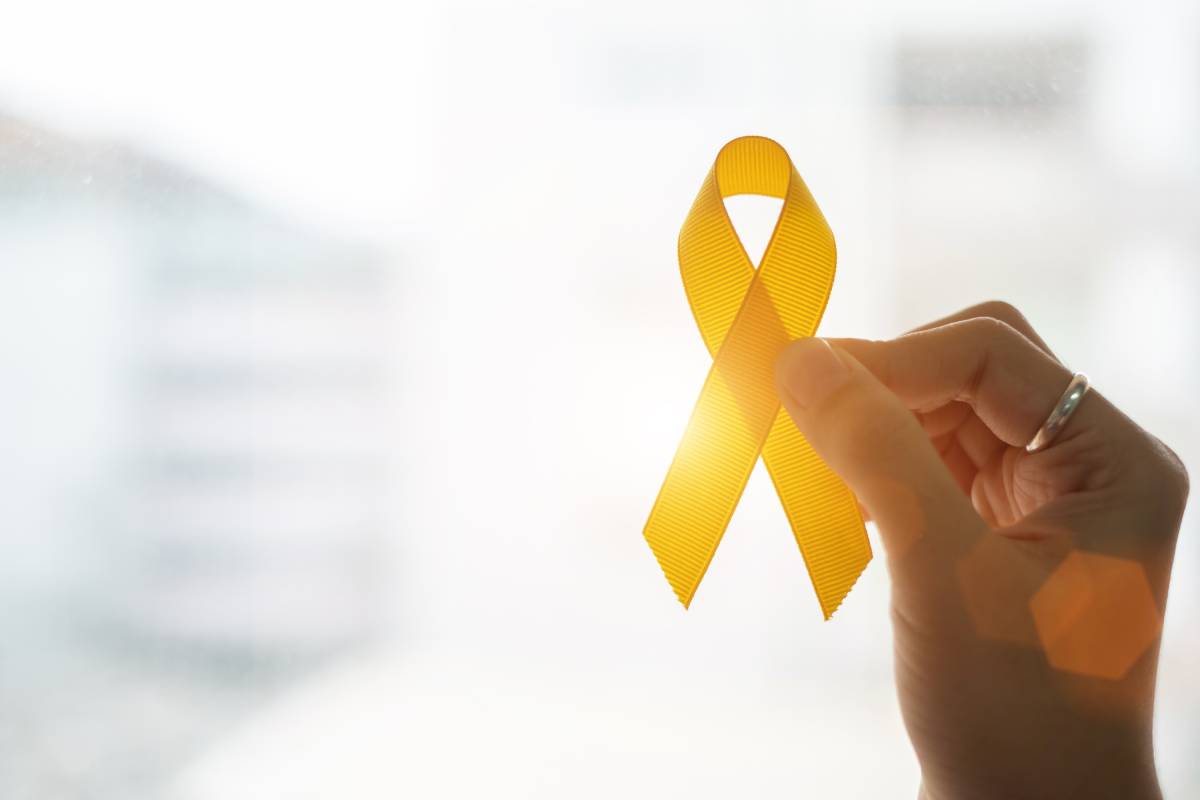The entire month of July is Sarcoma awareness month. Sarcoma is often considered the forgotten cancer because many people are unfamiliar with the term. Sarcoma can impact nearly any place in the body, so it’s critical to know sarcoma risk factors and symptoms. There are two main types of sarcomas: soft tissue sarcoma and bone sarcoma (osteosarcoma). Within these two main categories, there are over 70 subtypes of Sarcoma. Learning more about this cancer is essential to recognizing sarcoma symptoms before it’s too late.
What is Sarcoma?
Sarcoma is a relatively rare cancer that includes many subtypes due to its ability to arise in numerous tissue structures, including muscles, nerves, bones, joints, fat, or blood vessels. In other words, soft tissue sarcoma can occur nearly anywhere in the body. Understanding the different sarcoma risk factors and symptoms is essential to staying proactive against this cancer.
Sarcoma Symptoms
Lumps in the body are often benign, but it’s still essential to get them checked out by your physician to be on the safe side. Other common sarcoma symptoms include bone pain, weight loss, abdominal pain, or a broken bone that occurs unexpectedly with a minor injury. More than 12,000 people in the United States are diagnosed with soft tissue sarcoma yearly. Visiting a doctor for a surgical biopsy is the only reliable way to know if a tumor is malignant or benign.
Risk Factors for Sarcoma
Knowing sarcoma risk factors is key to staying healthy. While soft tissue sarcoma doesn’t usually have known causes, a few things can raise your risk factor. This includes previous radiation therapy, immune system abnormalities, genetics, lymphedema, or exposure to dangerous chemicals in the workplace. Typically, Sarcoma is found in arms or legs, but it can happen almost anywhere.
Treatment for Sarcoma
Around 20% of sarcoma cases can be cured with surgery, while roughly 30% can be effectively treated with chemotherapy, surgery, or radiation. The treatment for sarcomas primarily depends on the stage of cancer and if it’s spread to the lymph nodes or other areas of the body. Sometimes a doctor can remove cancer while radiation or chemotherapy is used to kill off the remaining cancer cells. Doctors are also performing clinical trials to find better and more effective ways to treat soft tissue sarcoma.
Carcinoma vs. Sarcoma
Carcinomas are a much more common type of cancer compared to sarcomas. A carcinoma can form within the skin or tissue cells near the internal organs. On the other hand, a sarcoma can cause lumps or tumors of the connective tissue cells. Sarcomas are categorized in two ways: soft tissue sarcoma or osteosarcoma, which develops within cartilage, bone marrow, or bone tissue.
What is Ewing’s Sarcoma?
Ewing’s Sarcoma is a relatively rare form of cancer that happens within bones or inside the soft tissue around the bones. Typically, Ewing’s Sarcoma begins in either the pelvis or leg bones, but it can occur in any bone. Sometimes it can appear in the abdomen, limbs, or soft chest tissues, but this is rare. Ewing’s Sarcoma is often found in children and teenagers. New advancements continue to improve the outlook for anyone suffering from Ewing’s Sarcoma, as lifelong monitoring is still recommended to monitor the effects of radiation and chemotherapy.
Things to Do for Sarcoma Awareness Month
A sarcoma is a rare form of cancer, as most people are unfamiliar with this disease. It is important to spread awareness during July, whether you are discussing this with friends and family or posting about it on social media. You can even donate during sarcoma awareness month or join a Race to Cure Sarcoma walk or run in your local area. These events are held in cities across the United States and are organized by the Sarcoma Foundation of America (SFA), as almost 3,500 people participated in these events last year.
Closing Thoughts
Learning about sarcoma symptoms and the various risk factors is key to staying proactive against this disease. Understanding the differences between osteosarcoma and Ewing’s Sarcoma is also essential in understanding this cancer better. Sarcoma awareness month is the perfect time to donate to a local charity or participate in a Race to Cure Sarcoma event to help further increase awareness about this disease.

